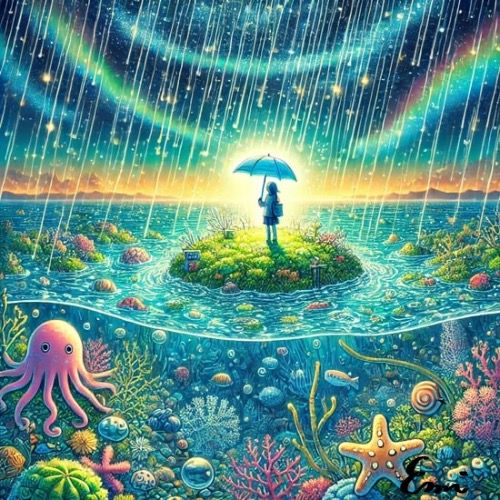My diary of going out as an 18-year-old Self-Defense Force member: Memories of Atsuta Shrine and swords
- Emi

- Jan 12
- 3 min read
Days out in the Self-Defense Forces and Atsuta Shrine
Just because I'm a former member of the Self-Defense Forces doesn't mean I like swords.
And just because you like something doesn't mean you're an expert. Liking something and being an expert are two different things.
When I was 18 years old and a member of the Self-Defense Forces, my one day a week I would usually go out alone to Atsuta Shrine.
Writing like this may make me sound like a lonely guy with no friends, but I had just joined the army and was the lowest ranking officer, so I had no choice but to go out alone. Still, I had other options besides going to Atsuta Shrine, so I wasn't forcing myself.
Rather, I think the forest was a place that helped me to release the suffocating feeling that I had unconsciously felt.
Display of Japanese swords at the Treasure Museum
Atsuta Shrine is home to a small but exquisite treasure museum.
When you get off at the Atsuta Jingu-mae station, you will see a lush forest. Through it, you walk briskly along a gravel path towards the Noh theater, and there you will find the Treasure Museum, which stands quietly on the way.
At the time, the exhibits changed every month, but more than half of them were swords.
The swords lined up there are all important cultural properties and national treasures that were donated by successive warlords. I didn't go there to see the swords. I just liked this place, and the museum had a secret base-like atmosphere, which I liked. So when I entered the museum, the swords naturally caught my eye. That was all. Still, I never got tired of seeing the hundreds of years of swords still shining brightly, no matter how many times I looked at them.
The swords were lined up without gaps, as if they had been lined up by a whistle that said, "Okay, next. OK, next." On top of the display case, there was only an A4-sized piece of paper with the names of the swords written on it, and it seemed like there was almost no explanation of the dimensions, sword patterns, or metal. I enjoyed freely, looking at the whole thing from afar, or getting up close to look at the details. I never met any other customers, so I had the place all to myself, anytime, for as long as I wanted. Looking back, I must have had a very luxurious time.
I was assigned to Nagoya for about half a year. During that time, the sword exhibition continued throughout the entire period except for the first month. In other words, I was looking at swords at Atsuta Shrine once a week.
I was thinking about silly things like "It's so beautiful," "If it looks that sharp, surely there would be a time lag between when you are cut and when you feel pain," and "Is it true that it can even cut a paramecium in half?"
At the end of the month, we played a game where we asked each child, "If you could only have one of these swords, which one would you choose?" and chose his or her favorite sword.
Awareness of swords and preconceptions
Returning to a place where there were no sword displays, I was surprised to discover how few opportunities there are to see swords. I felt really lonely when I returned to Shikoku from Nagoya.
I still remember the excitement I felt when I happened to find out that there was a sword exhibition at my workplace. However, I was a little disappointed and thought, "Huh? Are swords really like this?"
If you think about it, swords, like people, come in many different types.
The swords I had seen in Nagoya were all cultural property designated items, such as the "sword donated by Oda Nobunaga," so it's no wonder I felt uncomfortable seeing an ordinary sword for the first time.
At that time, I didn't know what the difference was specifically. If I had to say, I felt that there must have been some "difference in status" between them, like a lord and a private soldier. I'm ashamed to say that even now, when I work with swords, I still don't really understand it.
Swords differ depending on the maker, and the uses of swords that are donated and those used in actual combat are also different.
It's natural that each swing is different.
I once again felt that it is not good to judge things based on preconceived notions.




Comentários